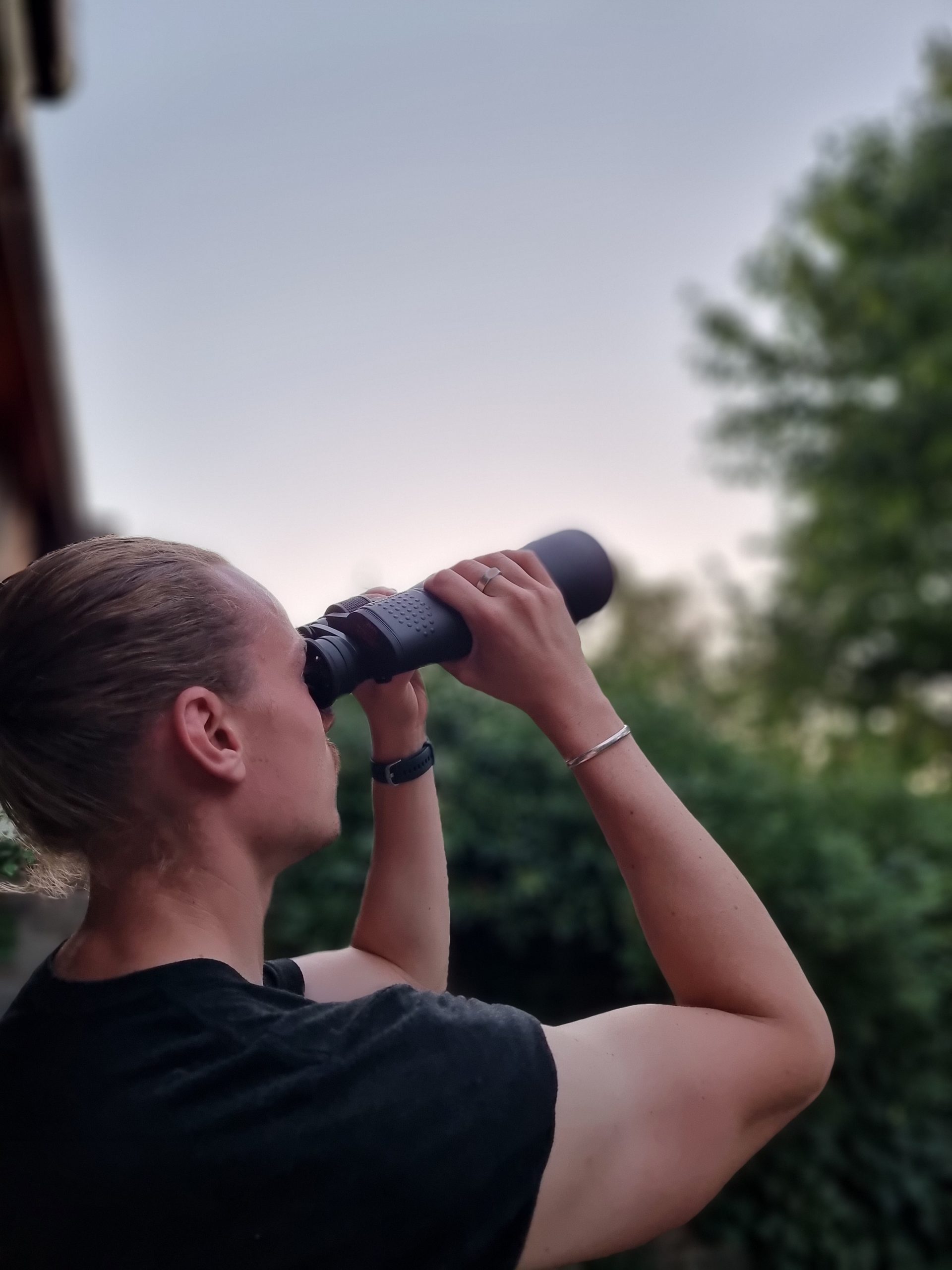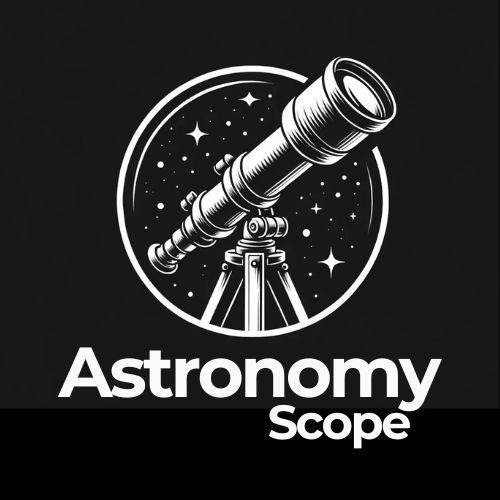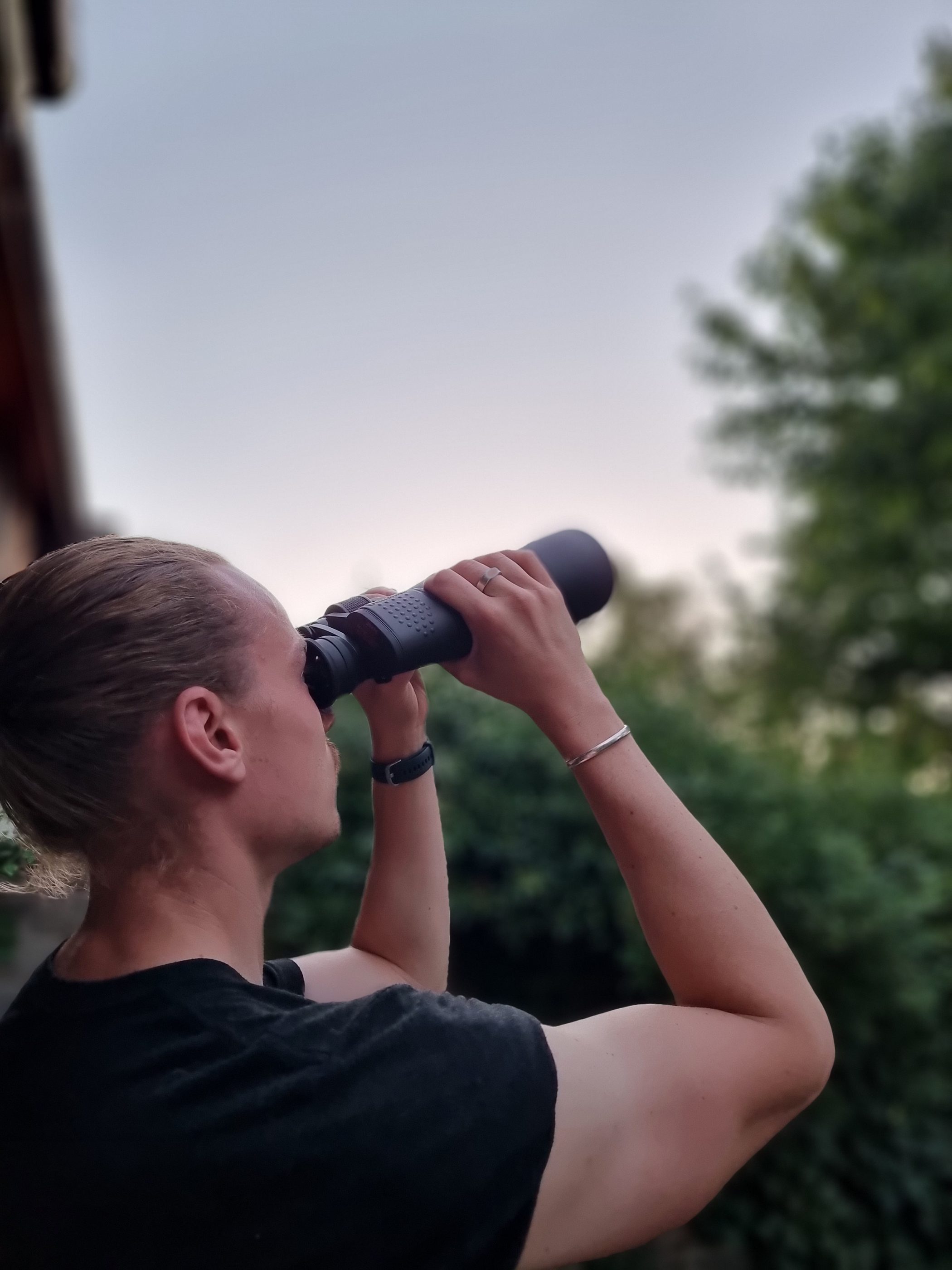As we’ve studied our solar system throughout history, many people have wondered if other nearby planets would be habitable. Unfortunately, most data points in the direction that the planets in our solar system wouldn’t be able to support human life. But what about Saturn, specifically? Well, here is everything you are going to want to know.
So, is Saturn habitable? It’s evident from the knowledge we have now that Saturn isn’t habitable. The primary reason is due to the fact that Saturn is a gas planet, which means it doesn’t offer a solid surface. Saturn’s gassy atmosphere and extreme weather conditions aren’t very friendly to human life.
It makes sense, come to think of it.
But of course, there is a lot more to it.
So let’s delve deeper to see why Saturn cannot support life before turning to whether it ever has been capable of doing so!
Why Can’t Saturn Support Life?
Although there is a decent list of reasons why Saturn can’t support life in any regard, the fact that it’s a gas planet removes that possibility. There’s no solid surface, as the planet is composed of gases and liquids. It may have a solid core made of rock and metals, but that isn’t a habitable zone by any means.
Many have wondered what it would take to travel through a gas planet such as Saturn, but it wouldn’t be a very comfortable ride.
Imagining what the inner workings of a gas planet look like can lead to a lot of questions as we’re used to the solid surface we have here on Earth.
Nevertheless, more than one reason can explain why Saturn wouldn’t be able to support life.
It’s Gas & Liquid Structure
Aside from its gas and liquid structure, the extreme elements and weather conditions make this idea a moot point as well.
Some experts have considered if it would be possible to use floating bases in the atmosphere of Saturn, but this would require a level of technology that we’re not capable of at this time.
Besides that, the idea in itself would be dangerous and illogical, aside from a research standpoint.
Weather Conditions
Saturn’s weather conditions are mind-boggling, to say the least, as winds can reach 1,600 feet per second in the upper atmosphere.
Surface Temperature
Not to mention the surface temperature, which ranges between -300°F and -188°F.
These bits of information alone make it pretty clear why Saturn isn’t a habitable planet, but that hasn’t stopped scientists from wondering what might be possible in the future.
Moreover, the same could be said for the planet’s past, as the planet could have looked extremely different millions or billions of years ago.
What Conditions Would Saturn Need To Have To Be Habitable?
The conditions that would make Saturn habitable include a stable surface, breathable air (the right balance of chemical elements), and very specific weather. Though, it must be said that the factors that make a planet habitable vary depending on the location of a planet and other surrounding celestial entities.
The existence of life forming on a planet entails many different chemical and elemental processes, but the aspects listed above are some general requirements.
Other factors include a surface that life forms can exist on, which is something that Saturn doesn’t have.
This isn’t to say there isn’t a single type of life form that can’t exist in Saturn’s atmosphere, but it’s definitely something humans would struggle with.
Of course, with the resilient nature that humans are known for, there’s a good chance that experts in the future will try their hand at visiting the planet.
Nevertheless, based on how we understand life and our existence, a planet would need all of the same features that Earth has for it to be habitable.
With that note, scientists have been searching for other planets, far and wide, to determine if other Earth-like planets exist. Interestingly, they seemed to have found one, even if it isn’t necessarily considered to be close to us by any means.
A planet called Proxima b is the closest and most Earth-like planet we have on record.
With the data we have available, many different elements and surface-level features show quite a few similarities to planet Earth.
This is an exciting find for numerous reasons, as it goes to show that there must be other habitable planets out in the universe.
This also makes you wonder if planets within our solar system have ever been habitable in the past.
Although humans have collected data on the solar system for a long time, this is nothing in comparison to the amount of time that Earth and our surrounding planets have existed.
Evidently, this means they must have gone through many changes, and it makes us wonder what they may have looked like in the distant past.
Has Saturn Ever Been Habitable?
When you consider how the planet was formed, it doesn’t look like Saturn has ever been habitable. Saturn’s history as a gas planet has been consistent. Although its temperatures, atmosphere, and weather conditions have varied throughout its lifetime, they’ve remained far too harsh for life to exist.
There’s no question that Saturn has gone through many changes over the course of billions of years, but it has consistently remained a lifeless planet.
Regardless of this, Saturn exudes substantial beauty that draws human interest, and there’s a good chance we’ll try to visit the planet when technology allows us to.
Saturn would need to go through some significant changes for it ever to be habitable.
You could also consider that something could happen to Saturn in the future that changes its structure, elements, atmosphere, and more.
It’s important to note that any significant changes like this would take thousands, millions, and even billions of years to take place.
Although we have seen changes in Saturn’s atmosphere, for example, scientists discovered a new storm on Saturn back in 2010, which ended up changing the temperature, clouds, and composition of the planet’s atmosphere.
It may not be a habitable or solid planet, but that doesn’t mean aspects of it can’t change.
There’s always the chance that the celestial object will surprise us in the future, but its history has remained relatively consistent over a long period of time.
Then again, we’re only able to look back in time so far based on the research and technology we have right now.
This means a lot of what we believe Saturn looked like before we existed could potentially be wrong.
Outer space has surprised us time and time again, so it’s possible that Saturn looked entirely different millions or billions of years ago.
However, this may be true, but there’s a lot of data that leads experts to believe that Saturn has been a gas planet from the start.
Saturn formed around 4.5 billion years ago, and this was due to gravity when our solar system was being constructed.
Gravity pulled in an immense amount of gases and dust, which led to the Saturn giant being formed and resting as the sixth planet from the Sun.
It’s pretty clear why Saturn isn’t a habitable planet, but this has led to scientists wondering if its moons are any different.
Are Any Of Saturn’s Moons Habitable?
Recent data has shown that one of Saturn’s moons (Enceladus) may be habitable.
It’s known that Saturn has the most moons out of any planet in our solar system, with some moons being larger or smaller than others.
This has led scientists to wonder if any of Saturn’s moons may be habitable.
To explain further how this might be possible, scientists now know that Enceladus carries the elements that are vital for life to exist, which include oxygen, carbon, and nitrogen.
Another factor that added to this is that methane was also found on the moon, and the combination of these elements all in one place is quite rare.
A lot of this was discovered with the help of the Cassini spacecraft, and the Enceladus moon continues to surprise us as it also may contain phosphorus.
This comes from an analysis that shows the ocean on Enceladus may contain as much phosphorus as Earth’s oceans.
All of these findings aren’t to say that the moon is currently habitable, but it has the potential to be in the future with the right changes.
Enceladus is a lot smaller than Earth’s moon, and it isn’t a prospect for terraforming as it’s a moon consisting of ice and water.
Nevertheless, it’s interesting to see what’s possible out in the universe and know that Earth isn’t the only place that harbors life-forming elements.
Scientists will continue to study Enceladus as it’s likely to hold many more secrets.
Although Saturn isn’t a habitable planet, Enceladus may be in the distant future.
We may even have the capability of traveling through Saturn with the right technology, but this isn’t a feat humanity would attempt any time soon.
Lastly
Regardless of how much we currently know about Saturn, experts still continue their work and make new discoveries along the way.
We’ve seen many changes in the planet’s atmosphere and weather conditions over the years, which makes it clear that many more changes are bound to occur down the road.
Related Questions
Can humans breathe on Saturn?
Humans would not be able to breathe on Saturn. There is virtually no Oxygen in the planet’s atmosphere.
Check out my other related guides:
- Is Jupiter Habitable? [The Answer May Surprise You]
- Is Uranus Habitable? [The Answer May Surprise You]
- Why Does Saturn Have So Many Moons? [& What Are They Like?]
- Can I See Saturn With A Telescope? [An Astronomers Guide]

Hey, my name is Jeremy. I’m a passionate and seasoned astronomer who loves nothing more than observing the night sky. I also love researching, learning, and writing all things Space and the Universe. I created Astronomy Scope to share my knowledge, experience, suggestions, and recommendations of what I have learned along the way while helping anyone to get into and maximize their enjoyment of the hobby.

